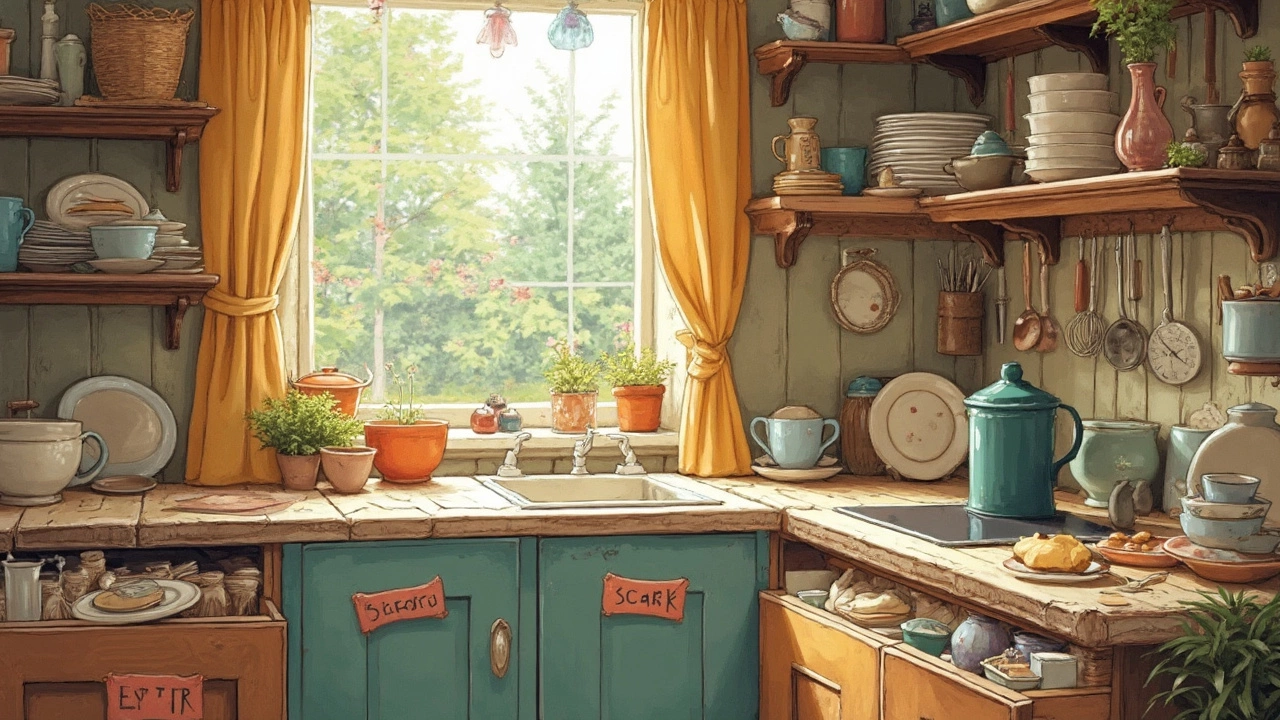Utensils: Your Simple Path to a Greener Kitchen
Ever opened a drawer and felt overwhelmed by a flood of plastic spoons, forks and knives? You’re not alone. Most of us grab the cheapest tools without thinking about the impact. The good news? Swapping a few key pieces can cut waste, save money, and make cooking more enjoyable.
Pick the Right Materials
Start with the basics: wood, bamboo and stainless steel. Wooden spoons are sturdy, heat‑proof and biodegradable. Bamboo grows fast, so it’s a renewable choice that feels light yet strong. Stainless steel lasts a lifetime and can be recycled at the end of its use. Avoid cheap plastic that chips, smells, and ends up in landfill.
If you love a splash of colour, look for utensils made from recycled silicone. They’re flexible, dishwasher‑safe and don’t leach chemicals. Just make sure the silicone is food‑grade and free from BPA or similar additives.
How to Care for Your Utensils
Good care equals longer life. Wooden and bamboo tools should be hand‑washed with mild soap and a quick rinse. Dry them right away – moisture is the enemy of wood. Occasionally rub a food‑grade mineral oil into the surface; it keeps the wood from cracking and stops it from absorbing flavours.
Stainless steel is a breeze – you can toss it in the dishwasher or give it a quick scrub with a non‑abrasive pad. Silicone doesn’t need any special treatment; just avoid scorching it over high heat.
When a utensil finally shows wear, try repairing before tossing. A cracked bamboo spoon can often be glued with a food‑safe adhesive, and a dented stainless steel spatula can be sanded back smooth. Repairing keeps waste down and gives a sense of accomplishment.
Now that you know what to look for and how to maintain, you’re ready to start building a greener kitchen drawer. Swap out one plastic fork each week for a bamboo alternative – before you know it, the whole set will be eco‑friendly. Not only will you reduce plastic waste, you’ll also enjoy tools that feel better in your hand and last longer.
Take a moment to check your current utensil collection. Identify the items that are worn out, single‑use, or made from non‑recyclable plastic. Replace them with the sustainable options mentioned above. Small changes add up, and your kitchen will thank you with cleaner flavours and fewer landfill trips.
Ready to make the switch? Grab a wooden spoon, a bamboo spatula and a stainless steel ladle today. Your meals will taste better, your conscience will feel lighter, and the planet will get a little bit greener with each stir.
-

What Category is Kitchenware? Unlocking the Essentials in Your Home
Discover which category kitchenware belongs to, why it matters, and how to make smart choices when shopping for kitchen essentials. Real tips, zero fluff.
-

Plates and Utensils: What’s Another Name for These Kitchen Basics?
Ever wondered what else you can call those plates and forks in your kitchen drawer? This article breaks down all the common and not-so-common names for everyday kitchenware. You’ll find out why the terms matter and how to use them right whether you're shopping or just tidying up at home. Plus, there are some fun facts and simple tips for keeping your collection organized and in good shape. Perfect for anyone looking to level up their kitchen knowledge.
